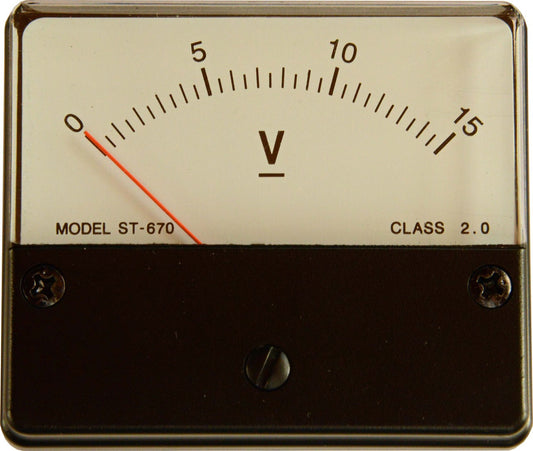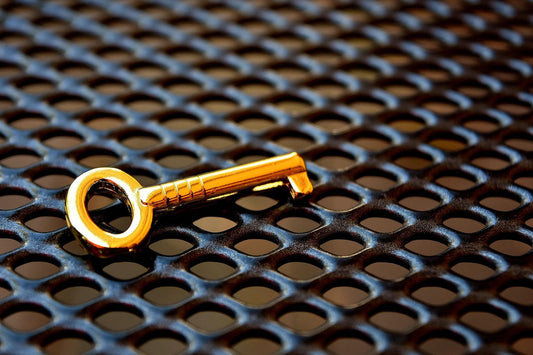Dizzying arrays
by Paul McGowan
There sure are a lot of ways to convert bits and numbers to analog and music. The dizzying array of choices can be somewhat overwhelming to people: FPGA, Chip DAC, Ladder DAC, passive, active, oh my!
I am often asked to help unravel the myriad of choices as if by doing so it would then be easy to simply say, "oh, that one! Clearly, it's best." But I don't think it's really that simple.
For example, if you built an FPGA based DAC and then loaded it with poorly written code you wouldn't be pleased with the outcome and might conclude FPGAs are no good. You would be incorrect. Conversely, you could listen to a chip DAC whose output stage isn't up to snuff and consider that a bad route as well—or understand a ladder DAC can't have many more than 16 to 18 accurate bits and conclude they are not worthy of a listen. Neither would be valid.
DAC architecture cannot easily be categorized as good, better, best. Each use case has to be thought through with the eventual outcome the primary goal. Ted Smith designed our DirectStream series around the FPGA (Field Programmable Gate Array) because it gave him the freedom to engineer a type of DAC unavailable in any other form. It wasn't that the FPGA is superior to another architecture. It afforded him the freedom to create his vision and attain the performance and sound quality he longed for—and hand tune each step of the way through strokes of the keyboard.
Other digital architects are more comfortable plowing massive efforts into the DAC output stage and power supplies leaving the digital conversion work to an excellent off-the-shelf premade chip solution.
There really aren't any better/best solutions we might easily slap a label on—despite our burning desire to do so. As humans we so like placing things in tidy little boxes and then move on to the next challenge.
I've put a video together on the subject you can watch here. The question was generated from an Ask Paul question.
- Choosing a selection results in a full page refresh.
- Opens in a new window.








